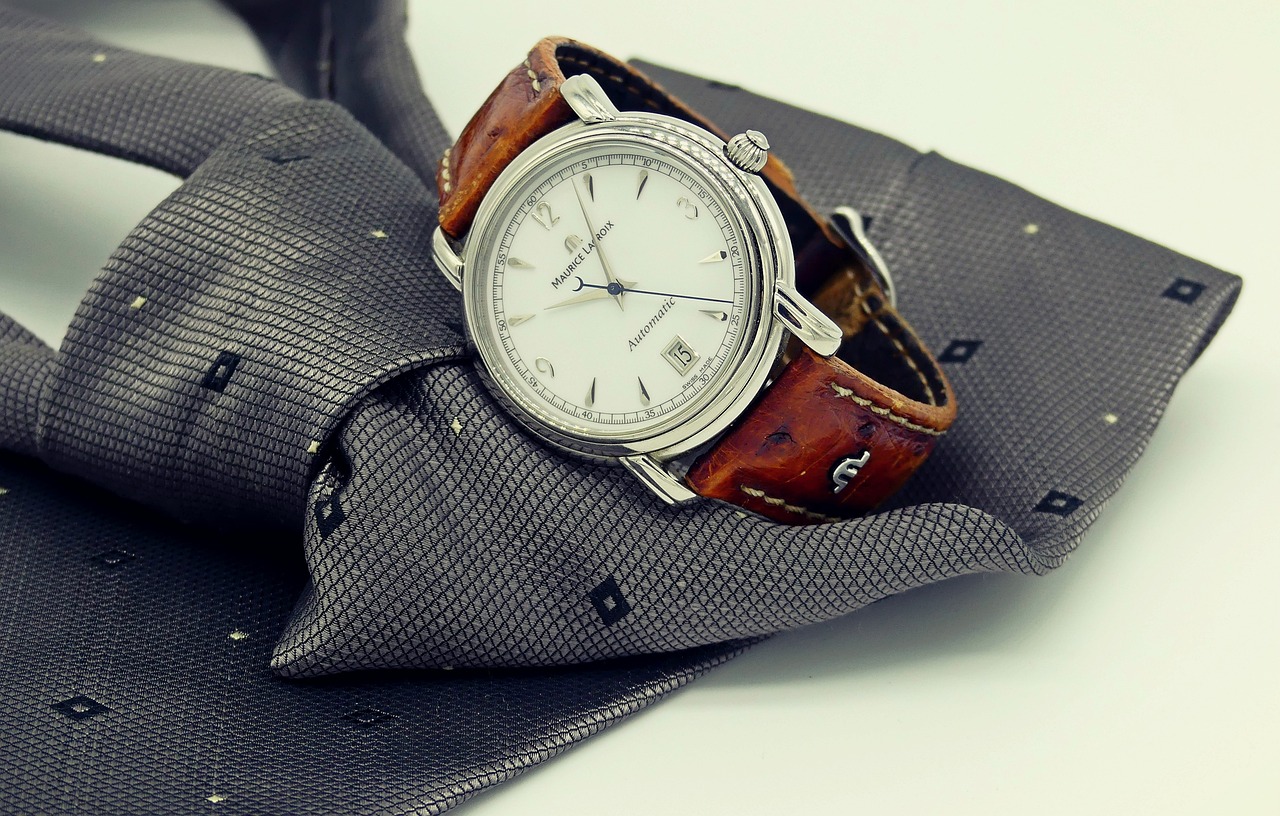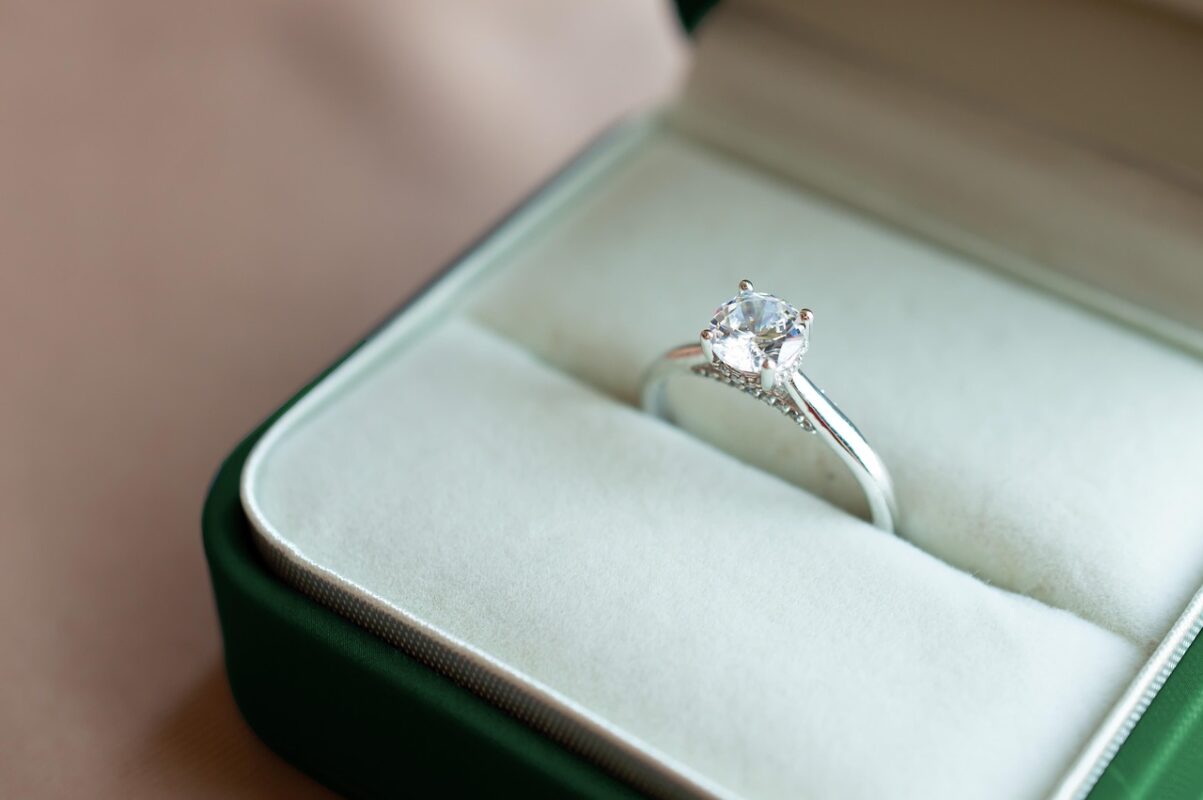7 Expert Tips for Identifying a Genuine Opal Ring
For over two decades, I have specialized in gemstone evaluation and jewelry authentication, working directly with miners, wholesalers, and retail clients. Opals, with their mesmerizing play-of-color, are among the most beautiful yet frequently misrepresented gems in the market. Distinguishing a genuine opal from a synthetic or imitation piece is crucial for making a sound investment. This guide provides seven professional tips to help you confidently verify the authenticity of an opal ring, drawing from established gemological principles and hands-on industry experience.
Understanding Opal Specifications
Before delving into the identification tips, it is essential to understand the core specifications of a natural opal. This knowledge forms the foundation for authentication.
| Specification | Description for Natural Opal |
| :— | :— |
| Chemical Composition | Hydrated silica dioxide (SiO₂·nH₂O) |
| Hardness (Mohs Scale) | 5.5 to 6.5 |
| Refractive Index | Typically 1.37 to 1.47 |
| Specific Gravity | 1.98 to 2.25 |
| Key Identifier | Unique, non-repeating play-of-color pattern. |
Common opal types used in rings include:
Solid Opal: A single, natural piece of opal.
Doublet Opal: A thin layer of natural opal glued onto a dark backing material.
Triplet Opal: A thin opal layer with a dark backing and a clear, domed cap (like quartz or glass) on top.
—
7 Tips for Spotting a Genuine Opal Ring
1. Analyze the Play-of-Color
A genuine opal’s play-of-color is its most defining feature. Look for a vibrant, multi-directional flash of spectral colors that appears to roll and shift as you move the stone under light. Imitations, such as “opalite” (a man-made glass), often display a milky, static sheen or a uniform “flash” that lacks depth and movement.
2. Check for Imperfections and Inclusions
Natural opals are formed by nature and frequently contain minor imperfections. You may see small inclusions, slight color zoning, or a varied body tone. A stone that is perfectly uniform in color and pattern, with no internal characteristics, is often a sign of a synthetic lab-created opal.
3. Perform the “Hot Pin” Test (With Caution)
This is a classic, though potentially damaging, test. Only attempt this on an inconspicuous area if you are the owner.* Heat a needle or pin until it is very hot and gently touch it to the stone. A genuine opal, being a mineral, will not melt or emit a plastic odor. An imitation made of plastic will melt and smell acrid. Note: This test is not recommended for doublets or triplets, as the adhesive layer can be damaged.
4. Feel the Temperature
Natural gemstones feel cool to the touch initially. Hold the opal against your cheek or lip. A genuine opal will feel noticeably cool and take a moment to warm up. Many imitations, especially plastic, will feel closer to room temperature or warm up almost instantly.
5. Examine the Setting and Price
Assess the ring’s overall craftsmanship and price point. Genuine opal rings are typically set in quality metals like sterling silver, gold, or platinum. A very low price for a large, colorful opal is a major red flag. Authentic opals with vibrant play-of-color command a higher market value.
6. Look for a “Lizard Skin” or “Columnar” Pattern
Under 10x magnification, some genuine opals can exhibit a distinctive internal structure. A “lizard skin” or honeycomb pattern is often visible in the play-of-color. Many synthetic opals, however, display a more regular “columnar” or “snakeskin” pattern that is a tell-tale sign of laboratory creation.
7. Seek Professional Verification
When in doubt, the most reliable method is to consult a certified gemologist or a reputable, independent jewelry appraiser. They have the tools and expertise to perform definitive tests, such as measuring specific gravity and refractive index, providing a conclusive authentication report.
—
Frequently Asked Questions (FAQs)
Q: Can water damage help identify a real opal?
A: While some porous opals (like Ethiopian opals) can absorb water and temporarily change appearance, this is not a reliable authentication test and can permanently damage the stone. It is not recommended as a verification method.
Q: How can I tell if my opal is a doublet or triplet?
A: Examine the ring from the side. If you see a distinct, dark, non-reflective layer at the base of the colorful top, it is likely a doublet. If there is also a clear, domed cap layer on top, creating a “sandwich” effect, it is a triplet. A solid opal will show color throughout its entire profile when viewed from the side.
Q: Are all synthetic opals considered fake?
A: Not necessarily. Lab-created opals are real in the sense that they have a similar chemical composition and structure to natural opal. However, they are man-made and should be sold as “synthetic,” “lab-created,” or “man-made” at a fraction of the price of a natural stone. They are only “fake” if misrepresented as natural, mined opals.
In conclusion, purchasing an opal ring requires a discerning eye. By applying these professional tips—focusing on the play-of-color, internal characteristics, and overall presentation—you can make an informed and confident purchase. Always prioritize buying from established, transparent jewelers who provide clear documentation on their gemstones.







